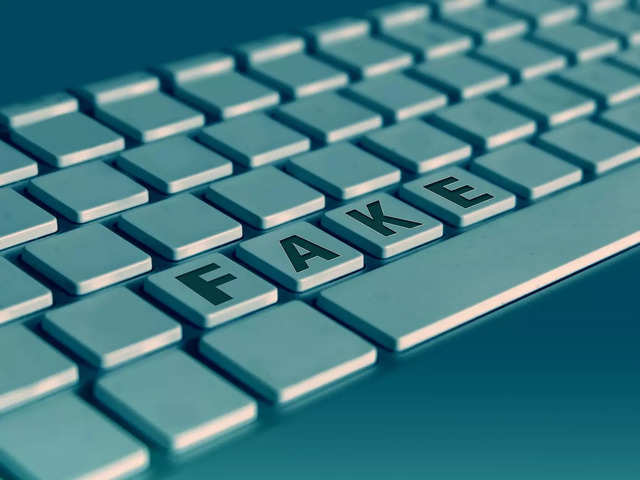
How will theatres reopenPixabay
Experts tell us how will theatres reopen.
May 28, 2020, 12:00 IST
media
Here is how multiplexes are gearing up for post-lockdown period
- As different markets slowly open up, the cinema industry is gearing up to facilitate a safe environment for their consumers.
- However, consumers continue to feel anxious about stepping out and ponder upon various safety concerns like what would the seating arrangement be like, how often will they sanitize the cinema halls and how safe will the food be? We spoke to multiplexes to find out the answers.
As the pandemic-induced lockdown has pushed us towards subscribing to more streaming platforms, the latest movie premiers on Amazon Prime in India left the industry concerned for the future of cinema. However, contrary to the perception being built in the trade and media, Ormax Media’s latest report revealed that high consumption of films on TV and OTT has not reduced the audience attraction for theatrical experience.
The report further said that audiences have given whole-hearted endorsement to the theatrical experience, with 82% missing going to the theatres. A dominant section of the audience also said that they will go back to the theatres within 2-3 weeks of them re-opening. Social distancing and sanitization precautions taken by theatres will play a crucial role in their decision to visit. On a scale of one to 100, the respondents gave high importance to almost all safety measures, which were as follows:

Multiplexes have, therefore, put their best foot forward to ensure they build a safe environment and tweak their marketing strategy to reach to their consumers at different touch points in their ticketing journey.
We caught up with
The future is contactless
As per Federation of Indian Chambers of Commerce and Industry (FICCI), all cinema halls are required to disinfect every possible area in the premises starting from the entrance to F&B stand to the auditorium. To ensure a safe distance is maintained, theatres will be demarcating circles in the foyer and encourage digital transactions to avoid queuing.
Before you enter the hall, your body temperature will also be checked through guns, and if found with a high temperature, your amount will be refunded.
In regular auditoriums, families and groups will be seated together and one adjacent seat would be left empty. Luxurious halls that come with existing width between each recliner seat, will not have to leave a vacant seat in between. Use and throw 3D glasses will be distributed and premium IMAX 3D glasses will be disinfected after every use.

But what about impulsive watchers? “To offer a contactless experience to those guests who make an impulsive decision to watch a movie, I am glad to share that 100% of our POS card machines are enabled for contactless transactions,” shares Tandon.
To help detect asymptomatic cases, PVR has tied up with a hospital, name not disclosed to the media yet, to arrange body check-ups for their employees once or twice a week.
Reviving back to its full strength
Both Tandon and Bijli are certain that the audiences’ passion for cinema will remain unaffected. They opine that the future of cinema is secure and stable.
“We will now assign greater significance towards understanding the needs and aspirations of the fast evolving consumers and working out ways to satisfy them, through services and experiences, and of course, safety. We will continue to focus on customizations and personalization, and we know that a cookie-cutter approach may not work, and I am glad that we are well equipped to handle it. The liking for the giant screen has stood the test of time and has seen through many difficult phases in its century old history. We believe this passion will take care of the concerns and apprehension and will bring back the ‘old normal’, which featured gangs coming together, seated hand in hand, sharing popcorns, having celebrations over lip-smacking meals and above all, a heavy exchange of emotions,” said Tandon.
“The future of cinema in the post-COVID world is very bright,” said Bijli.
He added, “We are all just waiting for cinema to open to showcase our new protocols on safety and hygiene to give confidence to the consumers that it is safe place to come back and enjoy their favourite form of entertainment -- as and when we do open, which I feel is not very far from now. Industries are opening up slowly, we are seeing more relaxations now. Before COVID, 60-65% of the tickets were bought online and we’ll continue to push that.”
To engage with their consumers and make sure they trust them, Bijli shared that PVR is going to communicate the precautions it has taken via digital media and might explore print if it picks up. It has also conducted an email survey amongst its consumer base to understand their expectations better and continue to engage with them.
How long till we see the old normal?
We reached out to a few industry experts to understand how long it will take for cinema to revive considering that a lot of people will continue to avoid crowded places.
Shailesh Kapoor, CEO, Ormax Media highlighted that multiplexes will need to strengthen their marketing strategy to regain trust among consumers.
He said, “Cinemas will reopen at some stage, but it's difficult to say when. The most optimistic estimate will be August, but it could be as late as Sep-Oct. Theatre chains will have to build confidence in the audience's minds that it is safe to revisit theatres. For this, theatres will need to take safety measures and do campaigns promoting these safety measures. Bigger chains like PVR and INOX will be able to get more audience trust than smaller chains and local cinemas.”
Harikrishnan Pillai, CEO and co-founder, TheSmallBigIdea thinks creation of content will not be a problem but changing the distribution and pricing strategy will play a key role in luring the consumers onto different platforms.
“While creation will have its challenges, it is still a smaller hurdle. The future of cinema depends on how distribution and pricing is handled. I think new pricing models will evolve. Producers have always been selling satellite and overseas and have covered a part of their cost. OTT rights was a new norm that added to this revenue. With an OTT-first release, these films could command a premium. But that premium won't cover the loss made by muting the biggest distribution channel, which are the theatres. So theoretically revenue loss is imminent. But here’s the twist. When you make a film, there is a chance of it tanking at the box office. So if the film is sold outright to a platform on the back of the star cast and the perception, there is a possibility that the producers will end up hedging possible losses. Big films with big star cast might go for models where they will have a fee and a percent of new downloads or have a completely different pay per view model being developed with the OTT platform and make it the new box office window.”
Karan Taurani, Vice President - Research Analyst, Elara Capital said that the cinema industry will take a lot of time to come back on-track and contactless will be its future.
“When cinemas open up, they will start with 10% occupancy and slowly move to 15-20% and peak out at 25%. I think social distancing will prevail until there is a vaccination or a cure,” said Taurani.
INSIDER INTELLIGENCE REPORTS







